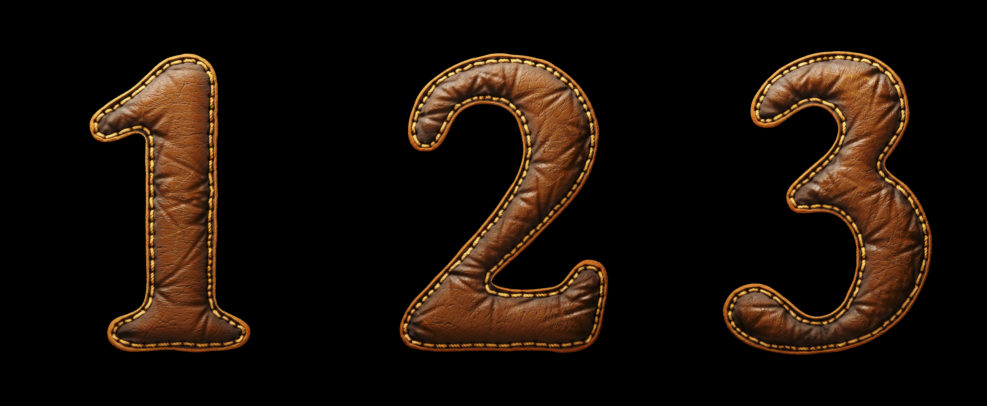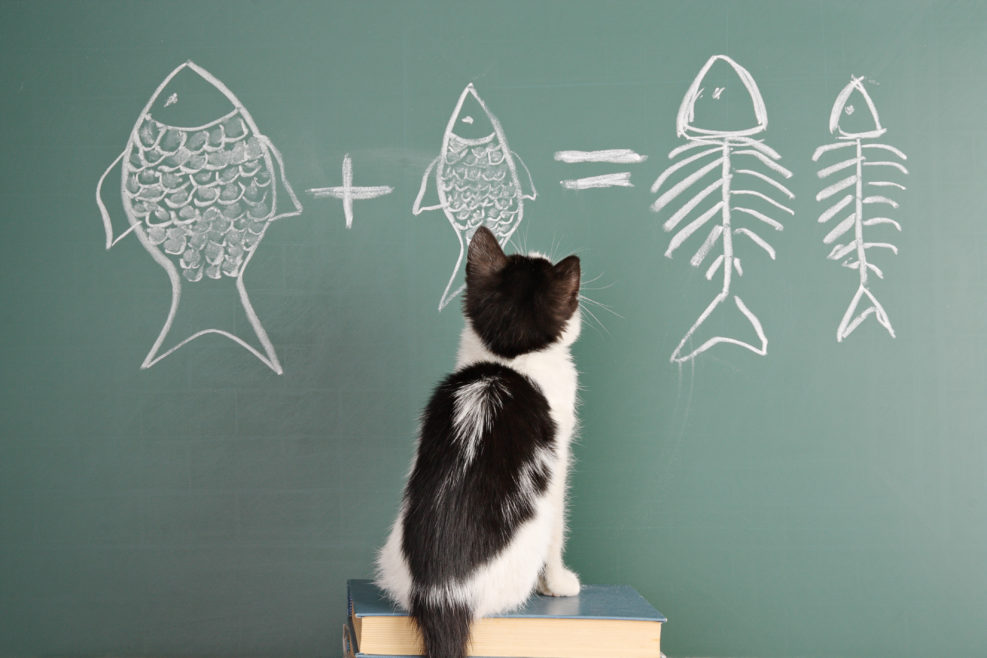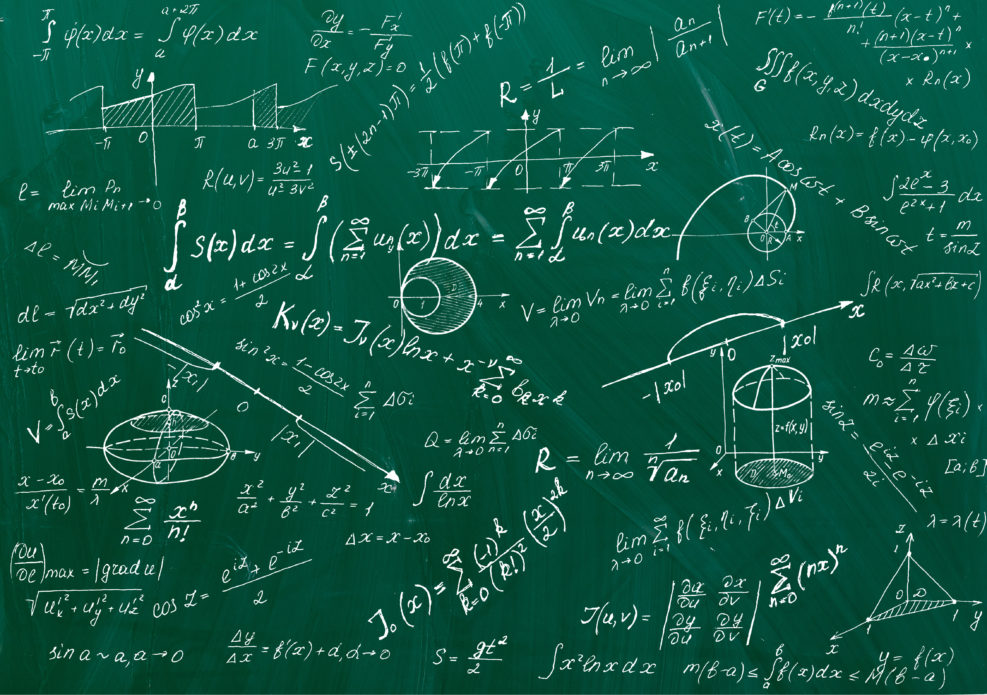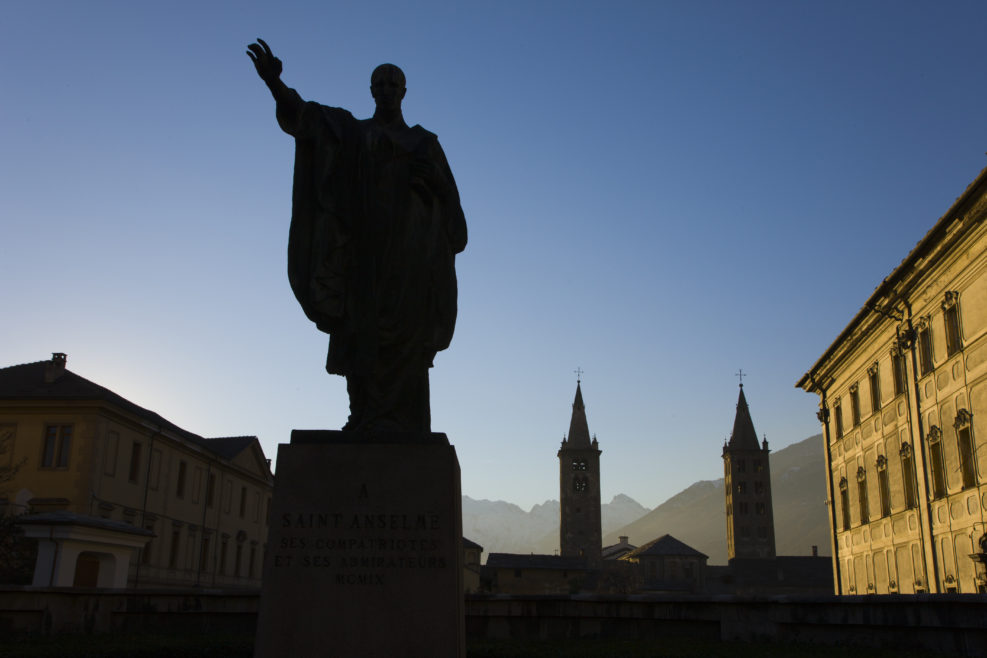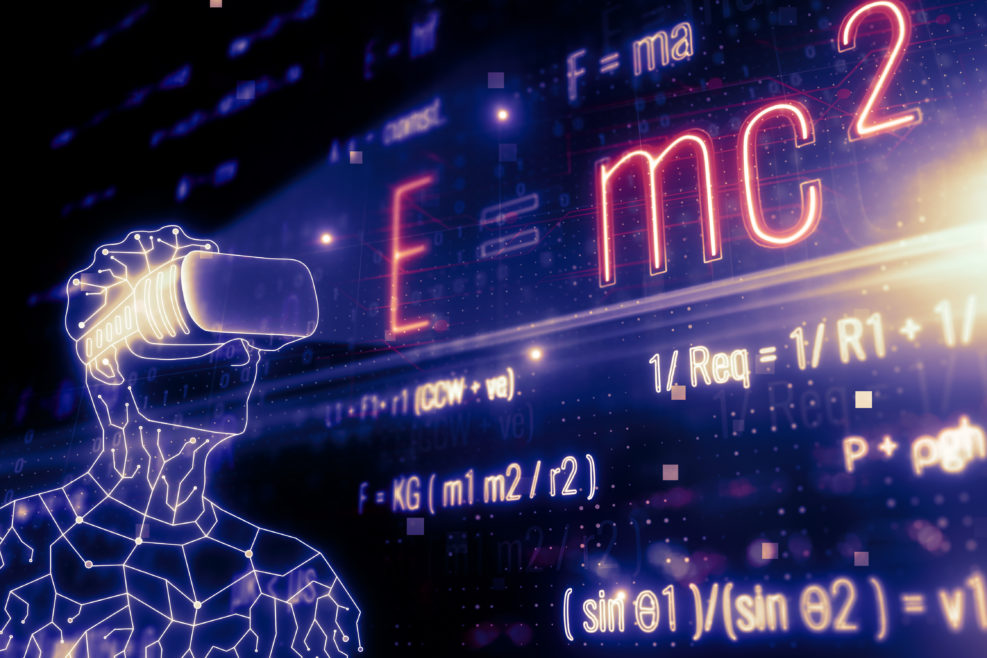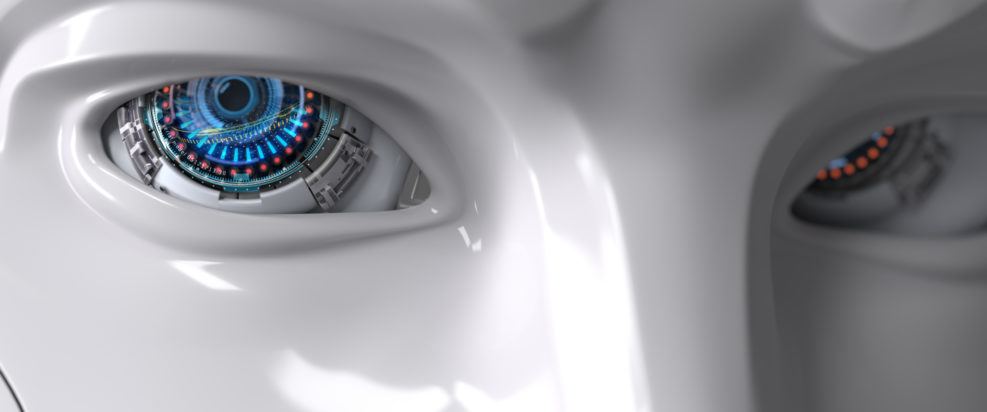
Sure, AI Could Run the World — Except for Its Fundamental Limits
But many of the basic errors, problems, and limitations have no easy solutionWe are told that not only will AI take our jobs but it will take our bosses’ jobs and their bosses’ jobs and pretty soon., AI will be running the world… We can see those films on Netflix any night. Science writer and science fiction author Charles Q. Choi offers, in a longish piece at the Institute of Electrical and Electronic Engineers’ online magazine, Spectrum, talking about the real world where “Neural networks can be disastrously brittle, forgetful, and surprisingly bad at math.” AI frequently flubs and it is not clear how to make it flub less. Here are brief notes on three examples of the seven he offers: ➤“Brittle” 97% of AIs could not identify a school bus flipped Read More ›



